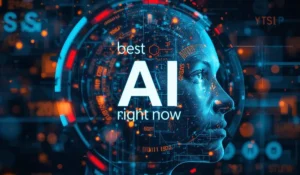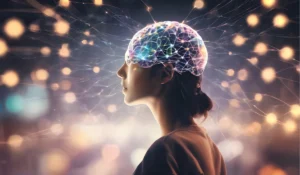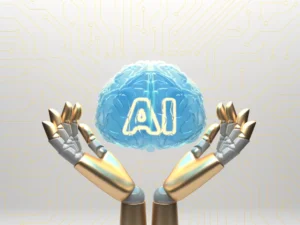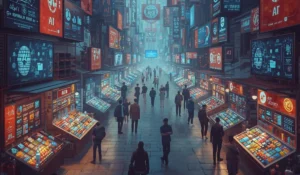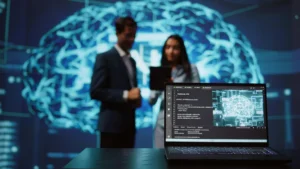The rise of artificial intelligence has transformed how we learn, work, and think. Tools like ChatGPT, Claude, and Gemini are increasingly becoming a daily resource for students and professionals. While AI can simplify complex problems and offer instant answers, there is also a pressing concern: generative AI can harm learning when it replaces rather than supports the human learning process.
This article explores how excessive reliance on AI impacts critical thinking, memory, creativity, and academic integrity. It also discusses research evidence, the broader effects on classrooms and teachers, and strategies to ensure balanced, ethical use of generative AI in education.
The Silent Trap of Dependency:
When students turn to generative AI for every question or assignment, they risk losing one of the most vital elements of education: independent thinking.
Generative AI provides quick, polished outputs, but the process of struggle, reflection, and problem-solving is what actually strengthens the brain. Without that effort, students are merely consumers of knowledge, not creators. This silent dependency can erode their ability to analyze, evaluate, and think beyond surface-level answers.
Another dimension is self-confidence. When learners rely too much on AI to draft essays, solve math problems, or structure arguments, they gradually lose trust in their own abilities. Over time, this weakens their autonomy as learners and reduces their intellectual resilience.
The Decline of Memory Retention
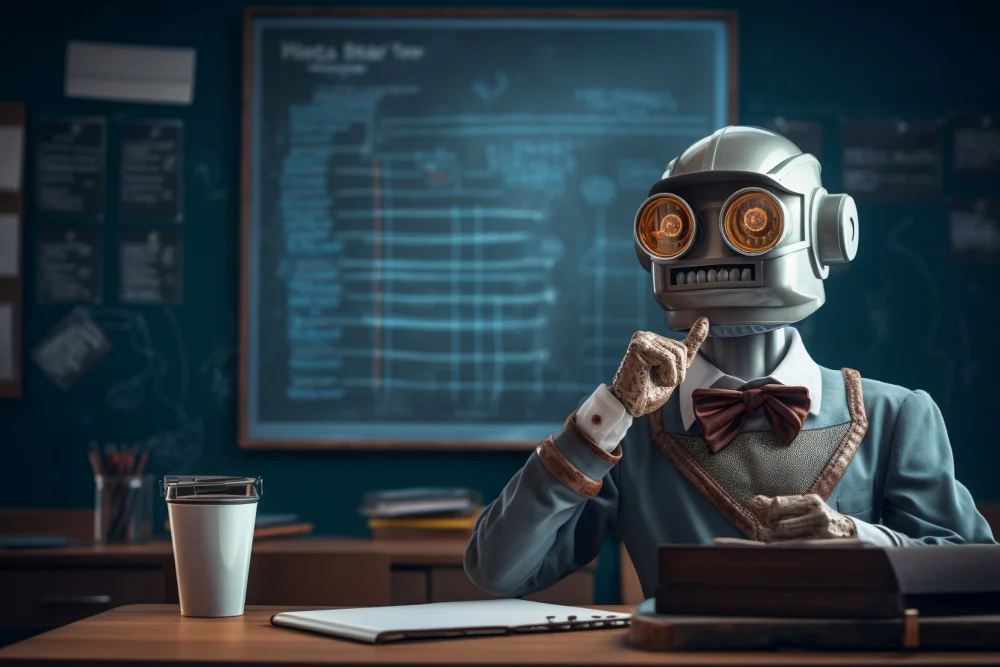
Learning isn’t just about finding answers; it’s about internalizing knowledge. Memory develops when we engage actively with content, rehearse it, and recall it later.
Generative AI shortcuts this process. If students use AI to explain every concept without making an effort to recall or reconstruct the information themselves, memory consolidation weakens. Instead of mastering concepts, they skim through AI-generated responses.
Key Negative Impacts on Memory
-
Students start recognizing answers rather than remembering them.
-
Short-term memory improves slightly, but long-term recall suffers.
-
Surface-level understanding replaces deep comprehension.
This weakens the cognitive foundation required for higher learning, problem-solving, and innovation.
Research Evidence: Generative AI Can Harm Learning
The claim that “generative AI can harm learning” is not just theoretical it is supported by research. In one study, college students were given access to GPT-4 for academic tasks. When the access was withdrawn later, their performance dropped compared to students who had never used AI.
Students Began to View AI as a Crutch
When students have constant access to AI, they often stop putting in the effort required to solve problems themselves. Instead of struggling with complex questions or engaging in deep analysis, they lean on AI for instant solutions. This habit gradually shifts their mindset from being active learners to passive receivers of information, weakening their ability to think critically.
Decline in Handling Complex Assignments Without AI
Complex assignments, such as research projects or analytical essays, demand creativity, logical reasoning, and independent exploration. However, when students rely too much on AI, they lose the practice of breaking down tasks, connecting ideas, and forming conclusions.
Generative AI Can Harm Learning by Weakening Confidence
Perhaps the most concerning impact is the decline in self-confidence. Students who regularly depend on AI begin to doubt their ability to succeed without it. Over time, this lack of confidence creates anxiety, reduces motivation, and makes learners hesitant to trust their own reasoning.
Classroom Dynamics and Teacher Challenges
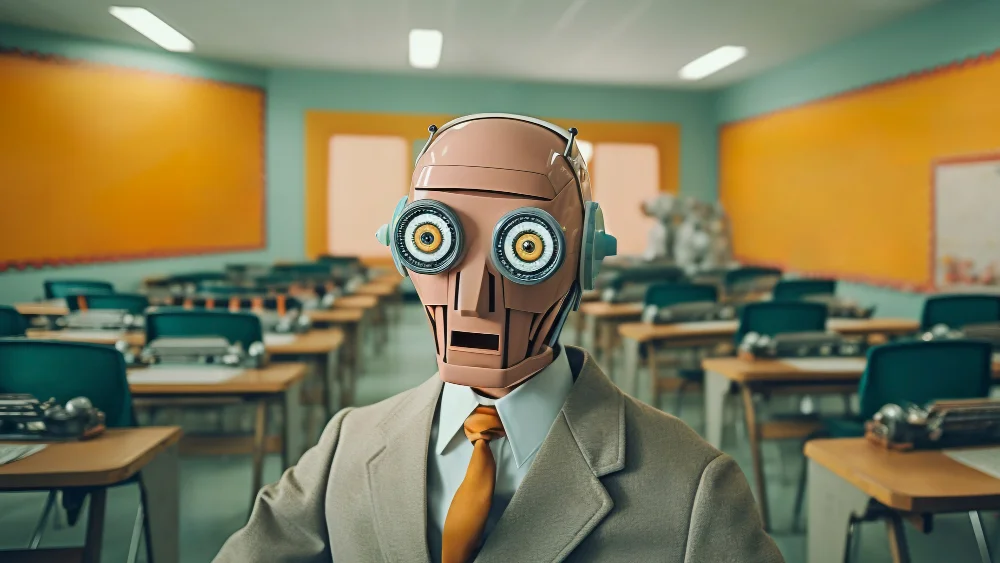
Education is not only about individual learning; it thrives in collective spaces like classrooms, where discussion, debate, and teacher guidance shape knowledge. Generative AI has disrupted these dynamics in both positive and negative ways.
When students use AI excessively, teachers face new challenges:
-
Assessment Design: Traditional assignments can easily be solved by AI, forcing teachers to rethink how they measure understanding.
-
Academic Integrity: Detecting plagiarism or AI-generated work is difficult, leading to concerns about fairness.
-
Curriculum Shifts: Instructors must adapt lessons to encourage genuine creativity, collaboration, and reasoning that AI cannot replicate.
At the institutional level, schools and universities are now crafting new policies to regulate AI use, balancing innovation with ethical standards.
Generative AI Can Harm Learning: Risks to Thinking & Creativity
Critical thinking is the backbone of meaningful education because it allows learners to question assumptions, evaluate evidence, and draw conclusions through reasoning. When students rely heavily on generative AI, they bypass this cognitive process.
Instead of engaging in analysis or forming arguments, they simply consume AI-generated content. This weakens their ability to ask probing questions and reduces their problem-solving skills, making them dependent on external tools for intellectual work.
For instance, over-reliance on AI in creative fields like graphic design can limit hands-on experimentation and personal problem-solving, as seen in modern AI graphic design tools.
Creativity faces a similar threat. Education thrives when learners brainstorm original ideas, make connections across subjects, and express their own voice. However, with AI offering pre-structured essays, stories, or project outlines, students may lose the motivation to innovate.
Their ideas begin to mirror AI-generated patterns rather than unique personal expression. Over time, this dependence limits curiosity and suppresses the very creativity that education is meant to nurture.
Striking a Balance: Generative AI Can Harm Learning
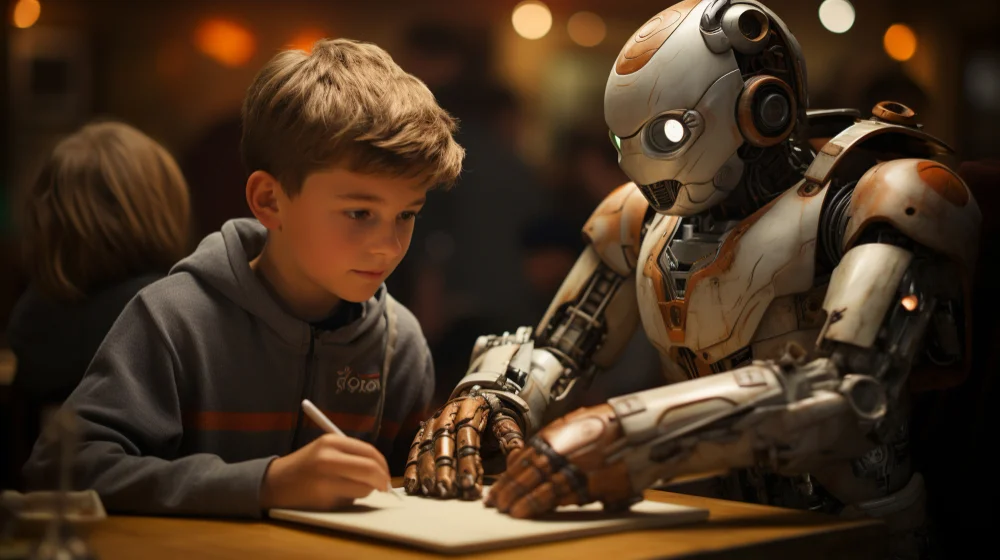
AI should not be banned but used carefully as a supportive tool. Students need guidance to use it for brainstorming, clarifying doubts, and exploring ideas rather than copying complete answers. This approach helps maintain the learning process while benefiting from AI assistance.
Educators can design assignments that require personal reflection and creativity, ensuring AI complements rather than replaces thinking. Regular “AI-free” exercises also help students strengthen memory, critical thinking, and independent problem-solving skills.
Academic Integrity and Ethical Concerns
Generative AI has blurred the line between original and machine-produced work. This creates pressing ethical concerns around plagiarism, authorship, and honesty.
When students pass off AI-generated essays as their own, it not only compromises fairness but also erodes the very purpose of education, personal growth and intellectual development. Universities worldwide are already grappling with this issue. Some have integrated AI-detection tools, while others are shifting towards oral assessments and project-based evaluations.
To safeguard academic integrity, AI policies must emphasize:
-
Transparency in AI usage.
-
Clear boundaries between acceptable assistance and unethical shortcuts.
-
Developing student awareness of why authenticity matters more than convenience.
Student Autonomy Risks: Generative AI Can Harm Learning
True learning fosters independence. However, if learners depend on generative AI for guidance in every subject, they risk losing their self-directed learning skills.
Autonomous learners typically set goals, manage time, and monitor progress. With AI’s constant availability, students may skip these processes, relying on external prompts rather than internal discipline. This diminishes their growth as independent thinkers and problem-solvers.
To counter this, educators should design tasks that nurture student autonomy while encouraging selective AI use only when appropriate.
Preparing Students for a Hybrid Future
The future of education will not exclude AI; rather, it will integrate it responsibly. Therefore, the goal is not to block AI but to prepare students for a hybrid world where human intelligence and AI co-exist.
This preparation requires:
-
Teaching students when to trust AI and when to verify information.
-
Building resilience through critical thinking and memory-based learning.
-
Encouraging collaboration between students and teachers in exploring AI’s ethical dimensions.
In this way, students will learn not just to consume information but to evaluate, challenge, and innovate with it.
Conclusion: Generative AI Can Harm Learning
To summarize, while generative AI can harm learning when misused, it can also be transformed into a powerful ally if managed wisely. Overreliance undermines critical thinking, memory, creativity, and academic integrity.
Yet with the right balance of structured assignments, transparent policies, and mindful learning practices can be enhanced rather than weakened. For those interested in exploring practical tools that leverage AI effectively, check out this list of the best AI generator apps to support learning and creativity.
The responsibility lies with educators, policymakers, and students themselves to ensure AI complements, not compromises, the human capacity to learn. If treated thoughtfully, AI will not replace learning; it will expand its horizons.


